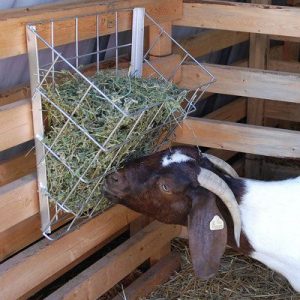Managing goat wastes effectively is crucial for maintaining a clean and healthy environment for your goats, reducing odors, and minimizing environmental impact. Proper waste management not only promotes good hygiene but also contributes to sustainable farming practices.
- Types of Goat Wastes
Goat wastes primarily include manure and bedding materials. Manure is rich in nutrients like nitrogen, phosphorus, and potassium, making it valuable for fertilizing soil. Bedding materials, such as straw or wood shavings, absorb moisture and provide comfort for goats but also contribute to waste management challenges.
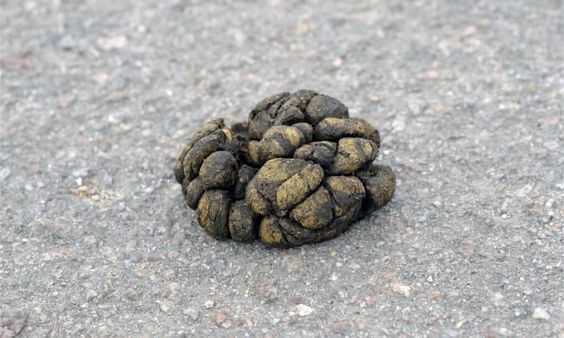
- Effective Waste Management Methods
Composting:
Composting is a natural process that transforms organic waste materials into nutrient-rich compost. Goat manure can be composted with bedding materials and other organic matter. The composting process requires mixing the materials, maintaining proper moisture levels, and turning the pile regularly to aerate it. Compost bins or piles should be located away from water sources and properly managed to control odors and accelerate decomposition.
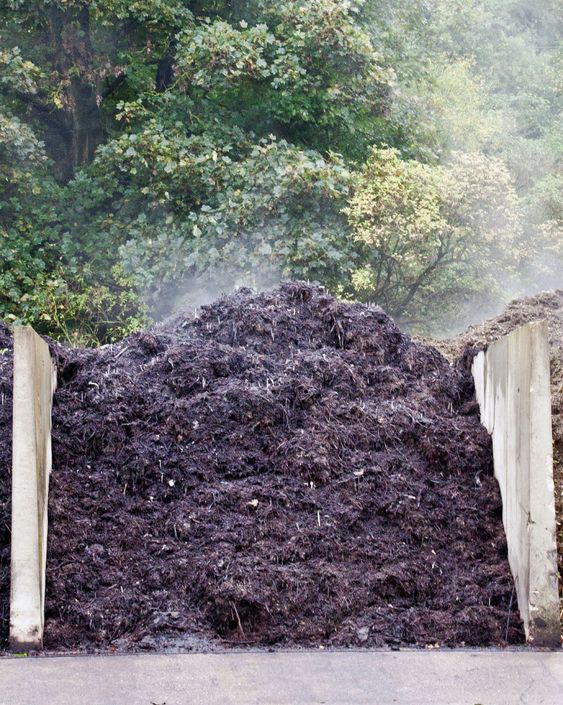
Deep Litter Method:
The deep litter method involves periodically adding fresh bedding material, such as straw or wood shavings, to the goat housing area. Over time, the bedding and manure mixture decomposes, creating a warm and composting bedding layer. This method reduces the need for frequent cleaning and provides insulation for goats during colder months. Regularly turning and aerating the bedding helps maintain air quality and reduce ammonia buildup.

Manure Collection and Storage:
Collecting goat manure regularly helps prevent accumulation in living areas, reducing odor and fly infestations. Manure can be stored in designated piles or bins away from water sources until it is ready for composting or spreading on fields as fertilizer. Properly managed manure storage prevents nutrient runoff and contamination of nearby water sources.
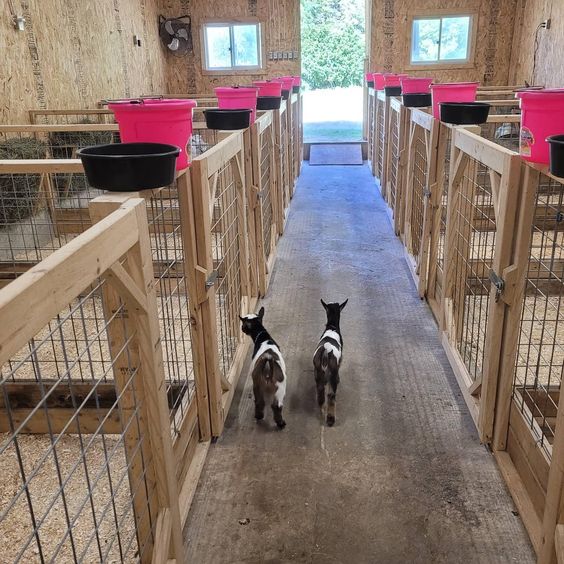
Grazing Management:
Rotational grazing allows goats to graze on pasture areas in controlled intervals, preventing overgrazing and reducing manure concentration in specific areas. This method promotes natural nutrient recycling and improves pasture health over time. Fencing and grazing schedules should be adjusted to prevent soil erosion and maintain pasture productivity.
By the way, our company can help you to start by giving you all the necessary information you need to get started if not yet in the business. Please check our online shop, we have all the standard business proposals for different capacities at very a cheap price made by the best agricultural specialists as well as Standard design plans that are made by the best agricultural architects around the globe. please visit our online shop now using the links below to witness by yourself
Design plans (FARM HOUSE DESIGNS – Kimd Construction & Farm Consultants)
Business plans (BUSINESS PLANS & PROPOSALS – Kimd Construction & Farm Consultants)
Welcome back from visiting our shop, hope you have placed your order for any of our products or you can place it after navigating more of our informative articles.
So let us continue with the article!
Nutrient Recycling:
Utilize goat manure as a valuable resource by recycling nutrients back into the farm ecosystem. Composted manure enriches soil fertility, enhances plant growth, and reduces the need for chemical fertilizers. Implementing a nutrient management plan ensures that manure application rates align with crop or pasture nutrient requirements, optimizing agricultural productivity while minimizing environmental impacts.
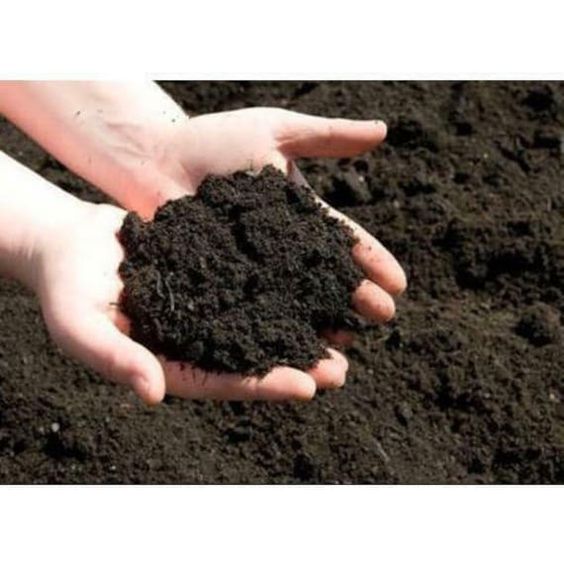
Proper waste management practices not only benefit farm productivity but also mitigate environmental impacts:
- Water Quality: Prevent runoff and leaching of nutrients from manure storage areas to protect water quality.
- Air Quality: Manage composting processes and bedding materials to minimize ammonia emissions and maintain air quality in goat housing areas.
- Odor Control: Properly managed compost piles and manure storage reduce odors, improving the overall environment for goats and nearby residents.
Conclusion
Effective management of goat wastes is essential for sustainable farming practices, environmental stewardship, and maintaining healthy goat populations. By implementing composting, utilizing the deep litter method, and practicing proper manure collection and grazing management, farmers can optimize waste management efficiency while enhancing soil fertility and reducing environmental impact. Investing in thoughtful waste management not only benefits the farm ecosystem but also supports long-term agricultural sustainability and responsible goat farming practices.


